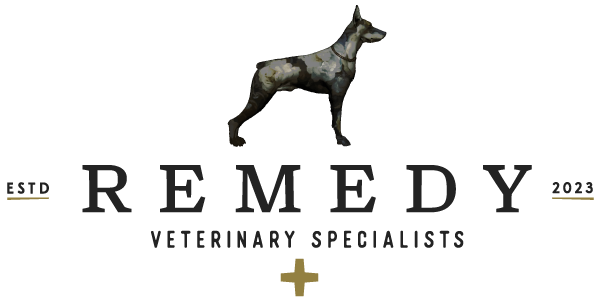Care for the Recumbent or Severely Disabled pet
Intro
Pet’s who cannot walk are at risk for several problems related to their inability to shift position. These complications include pneumonia, pressure sores, urinary scald and infections. Proper nursing care is very important in preventing these problems. Caring for a pet who cannot move is a lot of work, so try to enlist friends and loved ones to help you!
Bedding
Thick padding is important in protecting joints and skin. The places where you can feel your pet’s bones through the skin, like on the elbows or hips, are particularly senstive to things like pressure sores. Orthopedic style dog beds are ideal, but thick comforters and blankets, especially in multiple layers, can also work.
It’s also important that the bed stay clean and dry. Many pet’s who are disabled have urinary and fecal incontinence. Some simply cannot get up to tell you they need the bathroom. Accidents are common. Layering towels or puppy training diaper pads over the bedding can help make cleanup easier. If you don’t have a large supply of bedding on hand, consider going to your local thrift shop and picking up a supply of towels, blankets and pillows.
Positioning
Help your pet adjust their position every 4 to 6 hours. Use pillows and rolled up blankets and towels to help support them. Ideally we want to keep them fairly upright and shift their center of gravity with each position change. This can be accomplished by sitting them upright on their front limbs and then changing the position of their hips and back legs from left to right. Remember, your pet may not be able to move from an uncomfortable position. Check the position of legs and body. Do they look comfortable? Do they seem upset? If you think something might not be comfortable, reposition and try again.
Bathroom
Your pet may not be able to get to the bathroom on their own, but they will still likely feel more comfortable eliminating in their normal spot, rather than in their bed. Assist your pet to their normal spot be that a training pad, a litter box or a spot in the grass outside. Give them a few minutes to try to use the bathroom.
If your pet does not urinate, and you have been instructed by your veterinarian to express their bladder, do so. Otherwise, return them back to their bed and try again later.
Skin Care
Simple skin irritations can quickly become a big problem in a pet who cannot walk. The two most common reasons for skin problems are wetness and pressure. Use a waterless shampoo and soft towels to help clean up after urinary accidents. Make sure to check in the groin area between the legs, as this is a common place for moisture to build up. If your pet has long hair, your veterinarian may perform what is called a “sanitary clip” to keep the hair from getting matted with urine and feces. Check for pressure sores several times a day. These can occur anywhere on the skin, but most commonly occur over places where the bone is close to the surface of the skin like the hips, shoulders and elbows. Early pressure sores look like a mild red irritation of the skin. These spots can quickly progress to dangerous open wounds, so vigilance is important.
Access to Food and Water
Help your pet to their food and water several times a day. They should be kept upright while eating and drinking and for 10 minutes afterward. Unless instructed to do so by your veterinarian, do not try to force food or water. Forcing food or syringing water in to an animal who is weak can cause them to aspirate and get pneumonia. If your pet is refusing food and water for more than 24 hours, please seek urgent veterinary advice.
Physical Therapy
Several times daily complete range of motion exercises. These exercises help keep your pets joints comfortable and flexible. To perform range of motion exercises, start with a gentle massage. Rub your pets leg from the tip of their toes to the top of the leg. Then starting with the toes gently flex and extend each joint in the leg 10 times. You want to take the joint to the normal comfortable extent of where it can go. Think of it as a gentle stretch. After you have done all the joints toes, ankles, knee and hip in the back and toes, wrist, elbow and shoulder in the front, take each leg in a gentle bicycling motion for 10 repetitions. Repeat for each leg. Remember, physical therapy should not be painful. Try to make this a positive experience for your pet. Talk to them, use a gentle touch and give them treats during.
Assistive Devices
Especially in large dogs, a whole body harness can make care a lot easier. We recommend both the helpemup harness and the Roughwear doubleback harness. Fit of the harness is important. It should be snug. You should be able to fit two fingers between the harness and your pets skin no more. We are happy to help you to help you fit the harness if you are having trouble.

